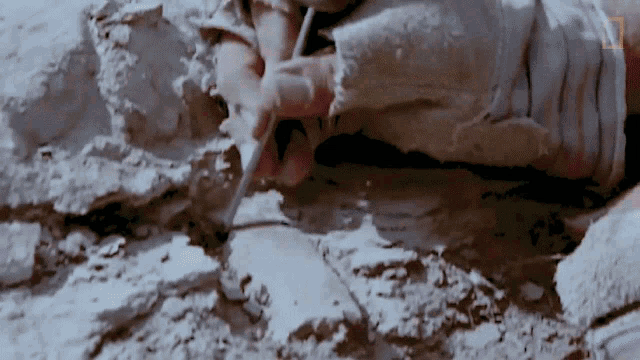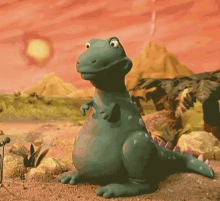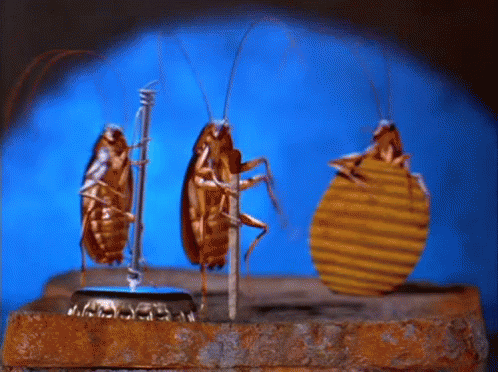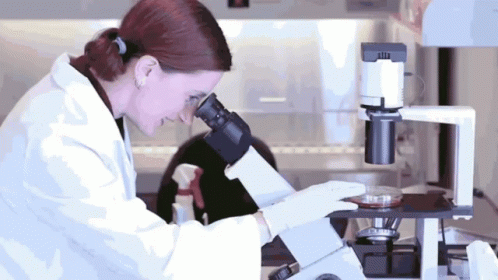Palaeontology, what on earth is it?
So, you've found yourself on this blog entry... It's not about coding, but instead about my other hobby, palaeontology! Well, what is it?
"Palaeontology is the study of prehistoric species and fossils, typically extinct life, though it may include extant life."
 prehistoric
prehistoric
 species
species
 fossil
fossil
 extinct life
extinct life
 extant life
extant life
Now we can all understand that definition! So, we've got over the formalities, but what really is palaeontology, and what's a palaeontologist? Well, for starters, before any of you correct me - there are several spellings of palaeontology, the English "ae", the American "e", and the Archaic "æ"!
A palaeontologist is a scientist that devotes their study to this field. They can focus on specific types of fossils or life, or just be a generalist. The science can be grouped into 4 professions - excavator, preparator, researcher, and a curator.
 An excavator is a palaeontologist who digs out the fossils from the site, wherever that may be. They may use a manner of tools, from manual hand tools such as a hammer and chisel, or mechanical tools. They may also be aided by technology allowing them to see into the rock, for example sonic technology, which shoots a bullet of sorts into the ground, and measures the sound waves that bounced back. Contrary to the depiction in the film Jurassic Park, this will not disappear in Grant's presence!
An excavator is a palaeontologist who digs out the fossils from the site, wherever that may be. They may use a manner of tools, from manual hand tools such as a hammer and chisel, or mechanical tools. They may also be aided by technology allowing them to see into the rock, for example sonic technology, which shoots a bullet of sorts into the ground, and measures the sound waves that bounced back. Contrary to the depiction in the film Jurassic Park, this will not disappear in Grant's presence! A researcher will take these prepared fossils, look at them under microscopes, study DNA, and use all sorts of other things, from Artificial Intelligence to palaeontological forums (I'm looking at you, The Fossil Forum!) to gather information about a fossil, be it a coral, shell, plant or dinosaur, and hypothesise about it's existance to further the science! They will publish papers in a scientific journal, and other palaeontologists will read it and debate about it.
A researcher will take these prepared fossils, look at them under microscopes, study DNA, and use all sorts of other things, from Artificial Intelligence to palaeontological forums (I'm looking at you, The Fossil Forum!) to gather information about a fossil, be it a coral, shell, plant or dinosaur, and hypothesise about it's existance to further the science! They will publish papers in a scientific journal, and other palaeontologists will read it and debate about it. A curator will take these fossils after study, and display them to the general public! This may be online, or in a museum. It involves preserving objects of geologic and scientific importance. They will organise them, store them, and manage them to ensure future generations can become fascinated and driven to the science. Without these palaeontologists, the science would die out!
A curator will take these fossils after study, and display them to the general public! This may be online, or in a museum. It involves preserving objects of geologic and scientific importance. They will organise them, store them, and manage them to ensure future generations can become fascinated and driven to the science. Without these palaeontologists, the science would die out!That's only a few of the many many pathways in palaeontology! One can be specialised with specific types of fossils, such as a palaeobotanist (plants) or a vertebrate palaeontologist (vertebrate life), or geologic ages, such as the mesozoic or holocene - one can even be specified to a specific type of animal, such as a conodontologist!
All of these types of palaeontologist work together to create a beautiful world, that we may appreciate it's lengthy past, and the possible futures. There are even branches of palaeontology which exist to study past extinctions and events, to help save our now: this is called conservation palaeontology.
